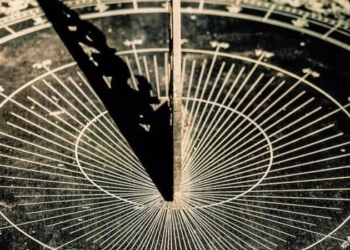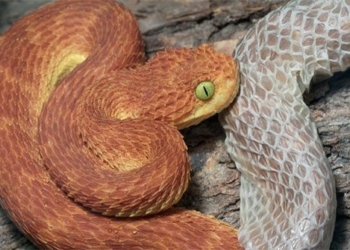Among the many strange mammal species on Earth, one creature stands out as if it hails from another mysterious world: the peccary, commonly known as the collared peccary.
The Controversial Appearance of the Collared Peccary
In the wild, there are countless species of wild pigs, but the most notable is the peccary, which has sparked considerable debate within the scientific community in recent years. It has attracted attention due to its unique appearance; however, this very uniqueness also leads to much controversy.
Collared peccaries (also known as javelinas or skunk pigs) are mammals that inhabit tropical and subtropical forests. They are named for their bodies covered with hair that resembles quills. They are stout, about 1 meter long, with backs covered in spiky hair (several centimeters long), and this coat resembles that of a porcupine more than that of a pig. This distinctive appearance has led to numerous debates.
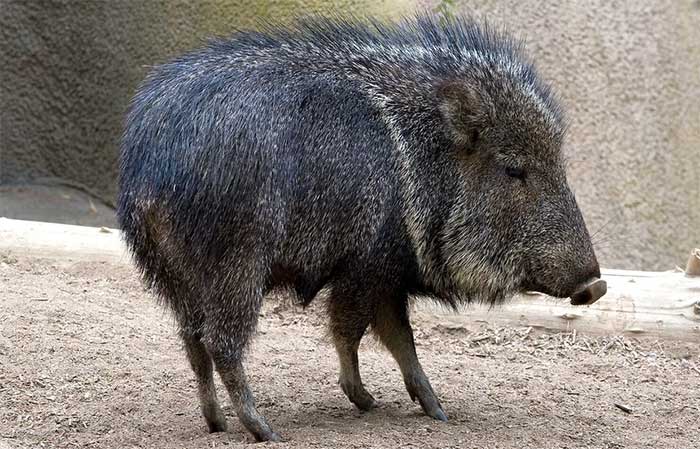
Collared peccaries spark controversy due to their unique appearance and their distinct characteristics compared to other wild pig species. However, it is this unique appearance that has helped them adapt better to their environment, protect themselves, and maintain stable reproduction.
Some zoologists and observers of this species believe that the peculiar appearance of the collared peccary is a result of natural selection. Their stiff and sharp hair not only serves a defensive purpose but also helps them evade predators. This natural adaptation has developed to allow them to protect themselves more effectively from threats while living in a complex forest environment.
There are also those who express confusion and concern about the appearance of the collared peccary. They believe this unique look could pose a threat to other animal species. Others argue that the long hair might hinder the peccary’s mobility and even affect its foraging ability. Moreover, its appearance is significantly different from the wild pigs we are familiar with, which may lead to misunderstandings and misjudgments about the species.
Although the appearance of the collared peccary remains a topic of debate, we should view this phenomenon with an objective lens. Biodiversity in nature is incredibly rich, with each species possessing its own traits and adaptations to the environment. The collared peccary has managed to survive and thrive in its natural habitat thanks to its unique appearance and characteristics. Concerns regarding this species are largely based on human perspectives and preferences rather than the survival needs of the animal itself.
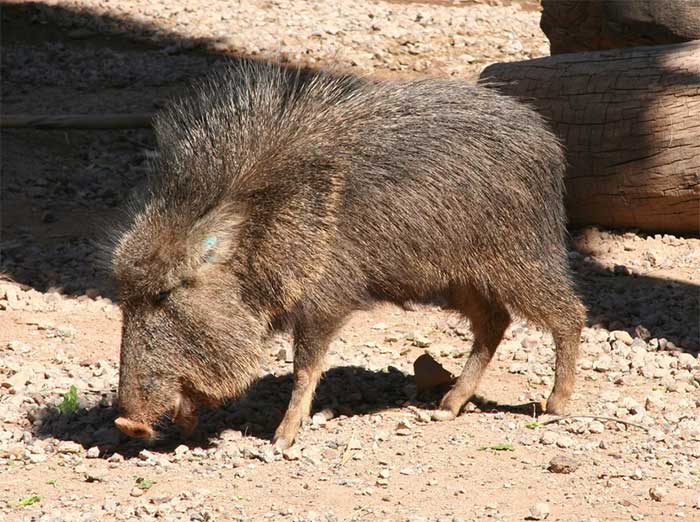
Collared peccaries exemplify the remarkable diversity of nature, and through studying and observing this species, we can better understand and respect the existence and evolution of the diverse organisms found in nature.
The Truth About Collared Peccaries’ Alleged Ability to Burrow Through Mountains
Collared peccaries are large wild pigs with thick, coarse hair, and to many, they seem to possess the extraordinary ability to burrow through mountains. But does this seemingly magical ability actually exist?
In reality, studies of their body structure reveal that this species does not possess such miraculous capabilities. They lack the special anatomical features necessary for digging burrows or underground passages.
Instead, they prefer to move on the ground, using their strong hooves to walk and their special fur to protect themselves from the outside world. Collared peccaries typically live at the foot of mountains or on hillsides and are not underground dwellers, so the ability to burrow through mountains is not a defining characteristic.

The unique structure of collared peccary hair makes it relatively stiff and interwoven, allowing them to move through dense brush or into meadows. Due to their size, this structure enables them to navigate more easily through obstacles such as branches and thick underbrush. This ability provides them with an advantage when foraging, escaping from predators, or finding safe refuge from the wind.
Collared peccaries demonstrate impressive agility and quickness when overcoming ground obstacles. They can swiftly traverse forest trails, rocks, and various terrains because their bodies are relatively flexible, allowing them to adjust their positions by bending and leaping. This nimble movement helps them adapt better to various environments, particularly in mountainous or rocky regions.
Analyzing the Adaptive Body Structure of Collared Peccaries
The bodies of collared peccaries are covered with stiff, quill-like hair, which helps them defend effectively against environmental threats in the wild. This fur can protect and reduce damage to this species, especially in environments such as tropical rainforests, where biodiversity is high and filled with obstacles and predators. This special fur structure also keeps them dry in humid environments and helps prevent skin diseases.
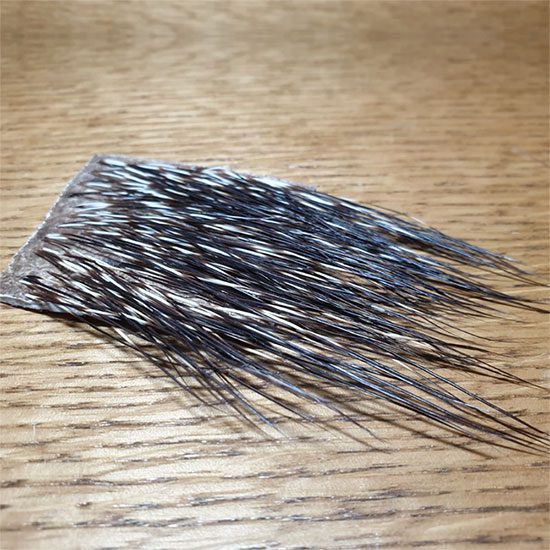
Collared peccaries demonstrate their adaptability and survival in tropical rainforest environments through their unique body structure. Their tough and resilient fur provides protection, and their strong limbs and sturdy hooves allow them to move flexibly. Their unique head structure is well-suited to their dietary needs, while their keen senses enhance their ability to detect threats.
The body structure of collared peccaries also facilitates their effective movement across the tropical rainforest terrain. They possess strong limbs and muscles that enable them to swiftly navigate obstacles in the forest and thick underbrush. This adaptive structure allows collared peccaries to quickly adjust to various terrain conditions in their lives, such as mountains, rivers, and narrow ravines. Their hooves also have a high degree of grip, allowing them to walk steadily on slippery surfaces without slipping.
The head of collared peccaries is also adapted to meet the needs of rainforest living. They have relatively long heads equipped with sharp tusks, allowing them to easily chew and uproot roots and tubers from the ground. At the same time, this animal’s mouth is efficient at accessing moist food such as leaves, fruits, and insects. Such adaptations enable collared peccaries to obtain sufficient nutrition to sustain life and reproduction in rainforest environments.
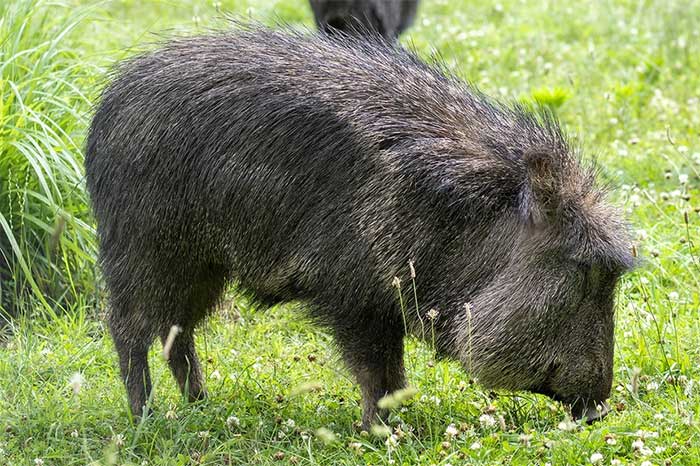
They have relatively long heads equipped with sharp tusks. (Illustrative image).
The eyes and ears of this species have also adapted to life in tropical rainforests. Their vision and hearing are highly sensitive, allowing them to detect potential threats and prey in a timely manner. In dense forests, this sensory capability is crucial for helping collared peccaries respond promptly and protect themselves.
These characteristics enable collared peccaries to forage, avoid danger, and self-protect in tropical forests, making them a unique and important part of the ecosystem.








































